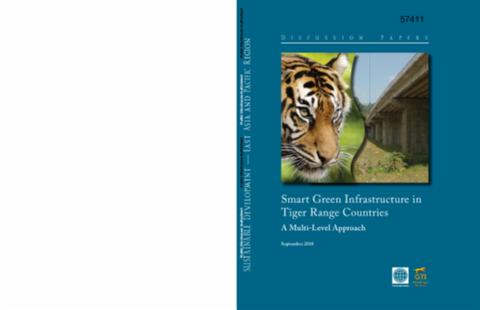Impacts of Transmission and Distribution Projects on Greenhouse Gas Emissions
The Strategic Framework for Development and Climate Change (SFDCC) approved in 2008 guides and supports the operational response of the World Bank Group (WBG) to new development challenges posed by climate change. One activity pursued by the SFDCC is to further develop and test methods to analyze climate risks and greenhouse gas (GHG) emissions at the project level.










